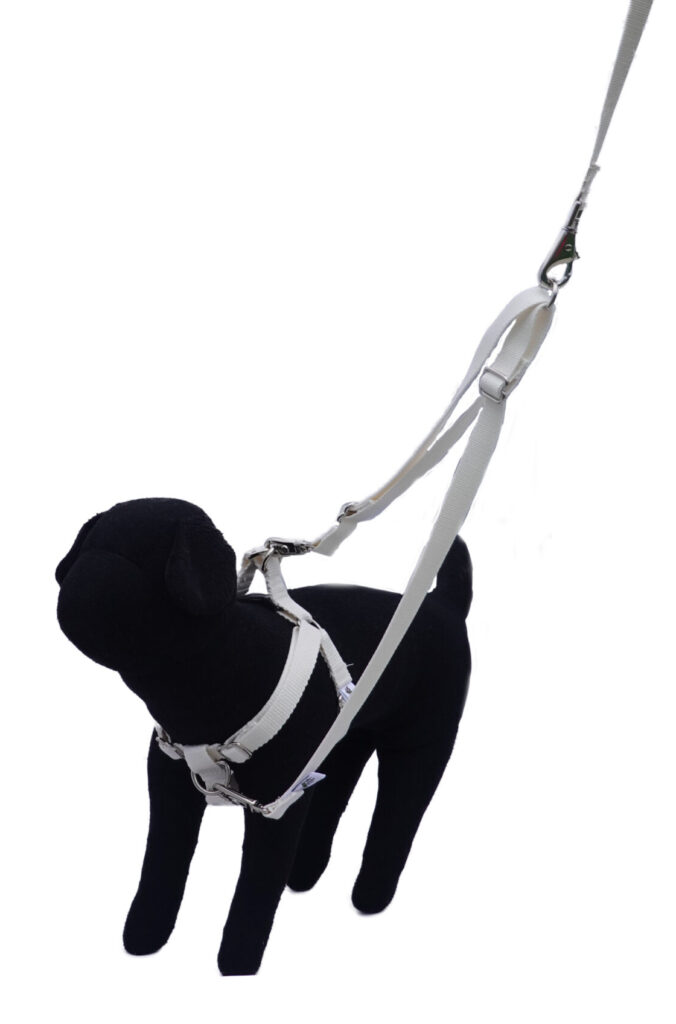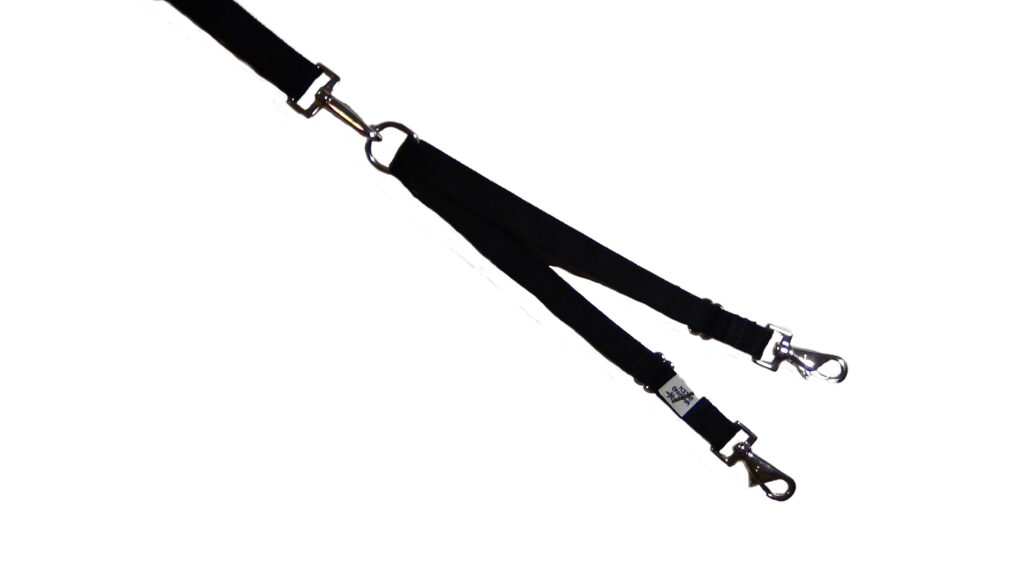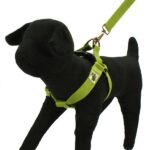The weather is starting to warm up and you might be out spending more time walking your dog. You could be wondering if that old collar will still work, or if you would be better off, using a harness. There are so many types of harnesses to choose from, that it may seem overwhelming to understand whether to use a dog harness, and then decide which type to use. There are a lot of harness styles on the market and there aren’t any standards. Some people choose aesthetically, while others choose a harness someone recommended over another. We’d like to offer some information about why you might choose a back clip harness or a front clip no-pull harness so you can make an informed decision and get a harness that’s right for you and your pet.
Your first question may be simply “do I need to use a harness on my dog”? A quick Google search will tell you that its becoming more widely recommended for pet owners to use a dog harness when walking your dog. According to the American Kennel Club (AKC), harnesses offer us humans more control over our dogs, lessening the risk of injury to either our pets or us. The harness can also prevent potential injuries that can occur using a collar (including prong collars, slip chain collars, etc.) while training or walking your dog. Primarily, the harness distributes pressure along the dog’s body rather than on the dog’s throat, as can happen when using a collar.
Your second question may be “do I need to use a dog collar if I have a dog harness”? Again, Google (or your local veterinarian, dog trainer, or dog boarder) will tell you that dog harnesses are not a substitute for a dog collar. Happy Hound University advocates for dogs to wear both a harness and a collar when walking. Harnesses are typically used when training or walking dogs, and, therefore, are taken on and off frequently. One of the primary reasons to use a collar, regardless of whether you use a harness, is to hold identification, license, and / or vaccination tags. If your dog escapes, the collar can provide identification info so it can be returned to you when found. Plus, some dogs just plain won’t wear a harness, so need to have a collar.
Now that you’ve decided that your dog needs a harness, you may be wondering just how many types of harnesses there are and how in the world will you decide which harness is right for your pet. Turning to Google once more, we’ve boiled things down to help you. Keep in mind that dog equipment producers, dog trainers, and other pet professionals may use different labels for their types and styles of harnesses. There is no standard. It’s important to look at the harness to get the type you prefer rather than shopping by name only.
Happy Hound University recommends using a harness with both a front and back leash attachment (we call it a “dual clip” harness) if your dog pulls hard; in extreme cases, you may wish to add a double ended leash (see our tandem leash accessory) so you can use both the front and back leash clips for more control. The front clip, or front lead, is used to correct dogs that may wander to the right or left, or try to pull (hence, it is sometimes called a “no-pull” harness); a gentle tug will get them back to the center and be reminded not to pull. The back clip is the most common type of harness and works well for dogs that already walk well on a leash. PetMD recommends the back clip harness for short-nosed dogs, small breads, and dogs with tracheal issues. Dogs that engage in athletic activities are also better suited for the back clip harness.
Another harness feature to consider is how the harness is put on the dog. Harnesses can either be put on over the dog’s head or the dog can step into it. This decision may be an easy one for you. If your dog doesn’t like things going over its head, then step-in is best. As the name implies, you would simply lay the harness on the ground and then your dog can step-into the holes and you would then pull the harness up and buckle it on the dog’s back. You may need to help your dog, at least initially, step into the harness by putting its legs into the holes. In any case, once it’s buckled on, ensure that it has a proper fit.
All sources seem to agree you should look for a harness that will not be too tight or too loose (you should be able to get two fingers between the harness and your pet, and fur should not bunch up or rub). All dogs within a breed are not sized the same, of course. Sometimes it’s because of their breed mix, or perhaps their weight, or maybe they were a runt of the litter. Finding a harness that adjusts is optimal to ensure proper fit as your dog grows and changes. Other great advice is to have plenty of patience with your pup as you transition to a harness! Of course, starting early to train your pup to walk properly and to wear a harness is the best way to avoid problems when putting on the harness.
There are a few dangers of using a harness that you should be aware of, too. PetMD warns that if the harness doesn’t fit right, for example, it could cause chest damage, it could get caught on something (i.e. crate), it could be uncomfortable to wear for long periods, and wet harnesses left on a dog can cause a skin infection. Harnesses should not be left on your pup 24/7. Any of these issues could cause injury to your dog, which could lead to significant vet visits and costs. Practice safety by ensuring that the harness you use has a comfortable fit and dries quickly, especially if it gets wet while the dog is wearing it. If you find that your dog is getting hot spots or otherwise irritated skin where the harness rubs their skin, discontinue using the harness and contact your veterinarian.
Wagging Green offers fully adjustable back-clip as well as dual-clip step-in bamboo dog harnesses in a variety of colors and designs so that your dog can be fashionable, comfortable, and eco friendly while politely walking on a leash.
Best wishes for happy dog walking,
Jim and Lisa
Wagging Green Pet Products



